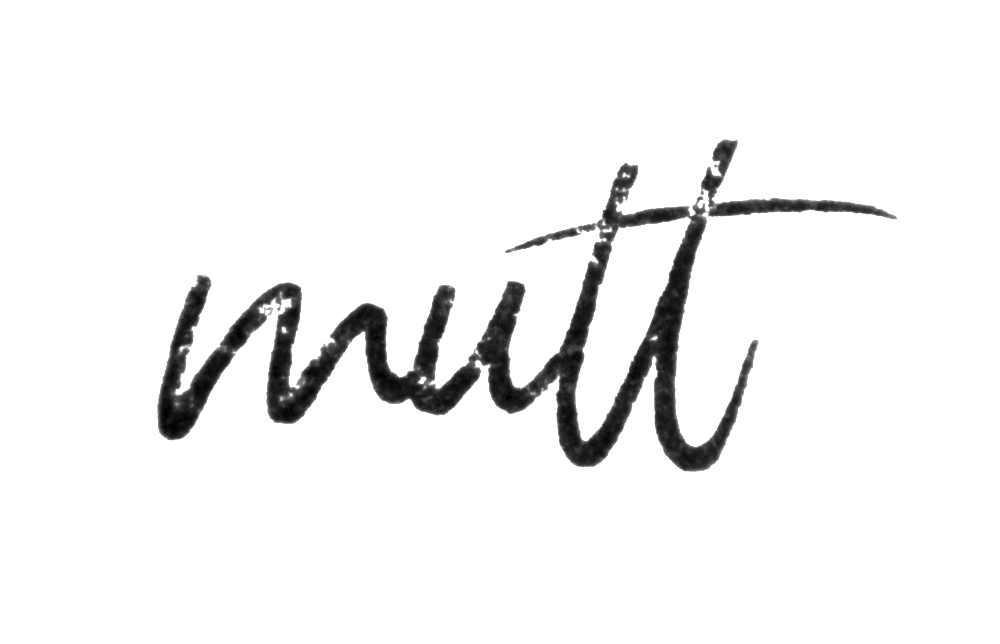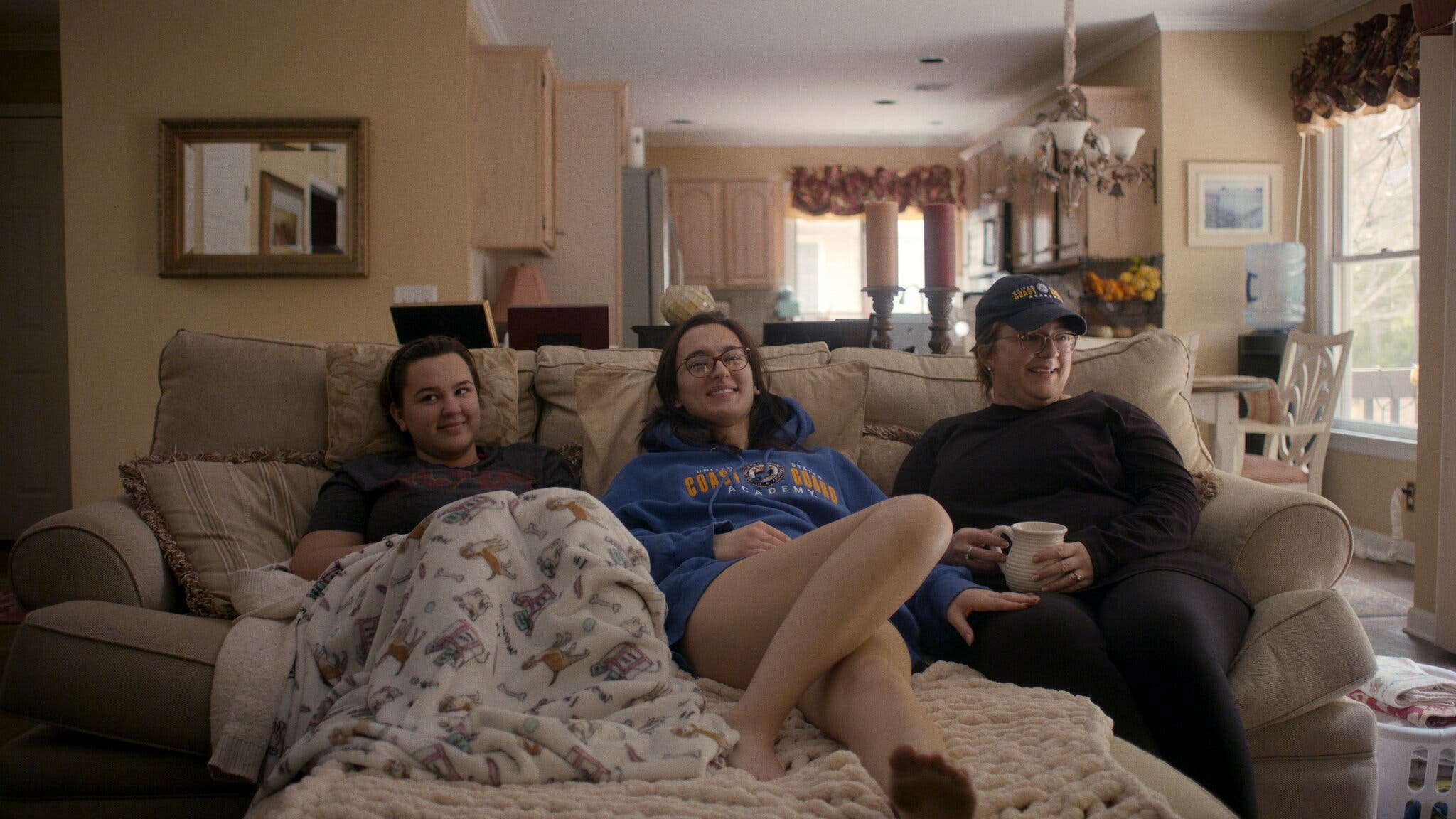‘Always Jane’ Is Part of a New Generation of Trans Documentaries
For decades, films about transgender people tended to be sensationalistic. A newer crop is more celebratory — and opening doors for its young subjects.
Jane Noury, the focus of a new docu-series, “Always Jane,” said she believed the director “really wanted to tell a story where a family just shows their love and acceptance of their trans child.” Credit...Tonje Thilesen for The New York Times
In the first part of the documentary series “Always Jane,” Jane Noury, a high school student in suburban New Jersey, hangs out with friends, contemplates college — maybe the School of Visual Arts? — and works at the local Panera. She dreams of being a director. Near the end of Part 1, Jane also learns that she will have to miss commencement; it falls on the same day as her gender confirmation surgery.
There’s talk of anti-transgender bullying, but not a lot. In that episode, she also shops for a prom dress and plans a trip to Los Angeles, where she is to compete in an international competition for transgender models — the first of its kind.
“I’m not saying it was all happy rainbows and everything,” Jane said in a recent video interview. But she believed the series’s director, Jonathan Hyde, “really wanted to tell a story where a family just shows their love and acceptance of their trans child.”
Jane, center, with her younger sister, Mae, left, and her mother, Laura, in a scene from the series, much of which is shot in the Noury home.
Premiering Friday on Amazon Prime Video, the four-part series is among a crop of recent TV documentaries that skew toward the celebratory over the sensational, featuring younger transgender subjects who, unlike their predecessors of decades past, have the terminology and understanding to describe what they’re going through, and are growing up at a time when more viewers have been exposed to transgender people and the issues they face.
The documentaries, which include films like “Transhood” (about four transgender children growing up in Kansas City) and “Little Girl” (a portrait of an 8-year-old transgender French girl), both from 2020, reflect a changing culture that allows for deeper and more nuanced explorations of their subjects — even as the films themselves contribute to those cultural changes.
“When you look at the history of trans documentaries, it started with this subculture perspective on trans people, like, ‘Look at this weird corner of the world nobody knows about,’” said TJ Billard, a communications professor at Northwestern and the founding executive director of the Center for Applied Transgender Studies, in Chicago. “Then it moved into highly medicalized documentaries about the ‘scientific wonders of gender conversion.’”
Avery Jackson, who began filming “Transhood” when she was 7, went on to became the first transgender person to appear on the cover of National Geographic, in 2016.
And now? More and more of them, like “Always Jane,” tell stories of determined and immensely likable transgender children or teens who face adversity — from bullying to bathroom wars — and beat the odds. Many of the documentaries, some filmed nearly a decade ago when their subjects were very young, have created opportunities for their subjects since.
“Hollywood is much more willing to take a risk on somebody with a public profile,” Billard said. “So I think this pivot is, in some ways, a way for trans people who do emerge into the public eye through this documentary form to capitalize on it.”
“Always Jane” got its start in early 2020, when Hyde was thinking about creating a short film centered on the transgender modeling contest in which Jane was set to compete. After meeting Jane and her mother in the run-up to the event, however, Hyde decided to put the focus squarely on the Nourys.
“I remember my mom was crying a lot, and then I started crying,” Jane said. “It was a very emotional first meeting.”
Noury has appeared in fashion magazines and in Rihanna’s Savage X Fenty fashion show, in Los Angeles. She is currently a student at the School of Visual Arts, in Manhattan.
Over the course of the series, we see Jane finish a senior year upended by the pandemic and make friends with other contestants in Los Angeles. (“I didn’t have a lot of trans friends in Sparta,” she said of her hometown.) Otherwise, much of the series is filled with scenes of a loving family, including Jane’s father, David; her older sister, Emma, who is an intensely protective Coast Guard cadet; and her younger sister, Mae, who is struggling with the thought of having Jane leave home for college. Many scenes were filmed, diary-style, by Jane on a hand-held camera.
Documentaries about the transgender experience weren’t always this way. Early examples include “Queens at Heart” (1967), an exploitation film complete with creepy, leering interviewer, and “Let Me Die a Woman” (1978), which promised viewers “all true! all real!” scenes of sex reassignment surgery. In these early films, the subjects were, not surprisingly, often anonymous.
Today’s subjects are often anything but anonymous, and many have moved beyond the documentaries they appeared in to pursue opportunities as actors, writers and activists.
Jazz Jennings, who at 11 was the subject of the 2011 documentary “I Am Jazz,” went on to write a children’s book and a memoir and currently stars in a TLC reality series, also titled “I Am Jazz.” Avery Jackson, who began filming “Transhood” in 2014, when she was 7, became the first transgender person to appear on the cover of National Geographic in 2016 and wrote a children’s book, “It’s Okay to Sparkle,” the next year.
Since appearing in the 2016 HBO documentary “The Trans List,” Nicole Maines, now 24, has done a TEDx Talk, starred in a vampire film (“Bit”), and in 2018 debuted in the CW series “Supergirl,” which wrapped up its six-season run on Nov. 9. Maines played Nia Nal, also known as Dreamer, the first transgender superhero on TV.
“The first of anything is special,” she said, adding that she was “consumed by this character. I have a relationship with her that borders on the unhealthy.”
Zoey Luna, who appeared in the HBO documentaries “Raising Zoey” (2016) and “15: A Quinceañera Story” (2017), went on to land roles in “Pose” (2018-21), “The Craft: Legacy” (2020), and in September, the film version of “Dear Evan Hansen.” She said she viewed the documentary experience — being on set, working in front of cameras — as valuable job training.
“Being in the documentaries was definitely an avenue for me to accomplish that goal of becoming an actress,” she said. “I knew that they would create some visibility for me, and they definitely helped me feel like my dreams were achievable.”
“I do feel like there are more opportunities for transgender actresses now,” she added. “And I feel like the opportunities are going to be endless within a matter of years.”
The documentaries don’t sugarcoat the experiences of their subjects, even as the films celebrate their victories and families. In “The Trans List,” Maines recalls having staffers at her middle school assigned to keep her from using the girl’s bathroom. In “Raising Zoey,” Luna and her mother describe how Luna was bullied by classmates who would pull her hair and call her names.
In “Always Jane,” Jane recalls being outed at a school assembly by a student who thought that transitioning was a sin. Her sister Emma, who was also at the assembly, wasn’t having it — and said so. For the film, Jane went back to the auditorium to recount the story.
“I thought I was over what happened, but psychologically it was a lot for me to be back in that situation,” she said. “I’m just really grateful I had Emma there to be my advocate, and to just be there for me.”
Since graduating high school, Jane has expanded her horizons and community. She has appeared in fashion magazines and walked the runway at Rihanna’s Savage X Fenty fashion show, in Los Angeles.
Currently a student at the School of Visual Arts, in Manhattan, Jane is studying film and hopes to try some acting. (“I’d love to do a horror film,” she said, “maybe playing a psycho killer or something.”) She also hopes to do more modeling. Her mother, Laura, hopes she will, too.
“She’s a beautiful model,” Laura said. “And she struts her stuff down the runway. It’s amazing to watch the confidence that’s in her, because I look back and I remember the scared boy who wouldn’t come out of his room.”
Link to Original Article: https://www.nytimes.com/2021/11/11/arts/television/transgender-documentaries-always-jane.html




